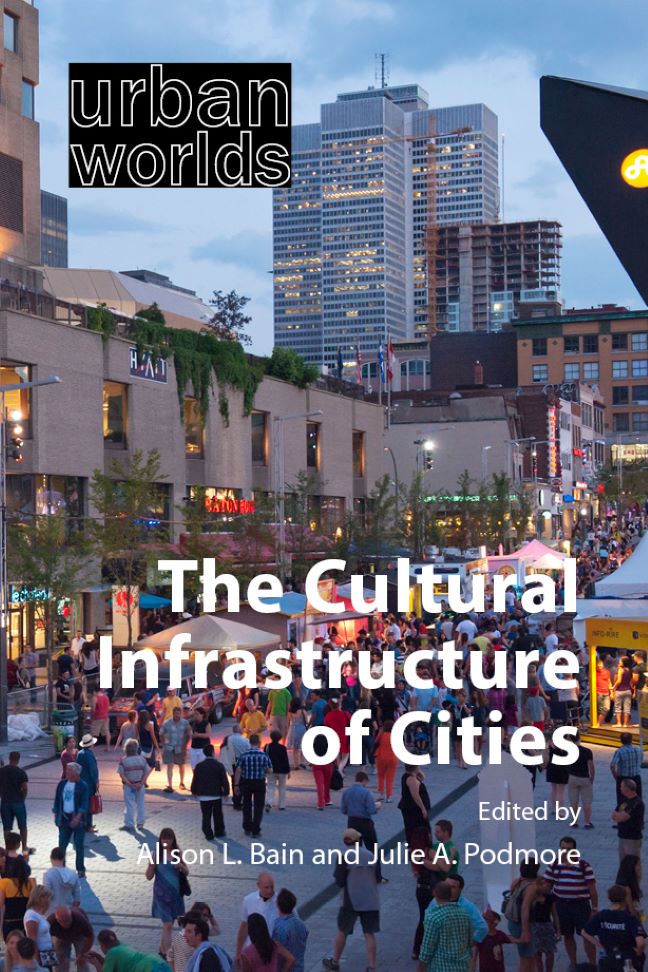12 - Embodying arts festivals as infrastructural transformation of places
Published online by Cambridge University Press: 23 January 2024
Summary
INTRODUCTION
Arts festivals are important forms of cultural production and consumption (Négrier 2015). Irrespective of genre (e.g., visual arts, music or film) and whether single or multi-disciplinary, their primary endeavour is to engage people in the making, showcasing and performance of art. Yet arts festivals do not necessarily receive recognition or attention based on their cultural attributes alone. Festivals and events have become “central to entrepreneurial cities’ efforts to generate commerce, regenerate place and stand out on the highly competitive global stage” (Quinn et al. 2020: 1875). Along with arts and cultural activities more generally, recent decades have seen cities use them to “lure … consumption, property development, and knowledge industries” (Grodach 2017: 89) as a means of addressing social and economic urban problems. Inspired by neoliberal, creative-city style thinking, arts festivals now commonly feature on urban policy agendas the world over, with several researchers highlighting the prevalence of festivalization processes as “entire cities have transformed themselves into major stages for a continual stream of events” (Richards & Palmer 2010: 2).
Amid all the economic ambition, with its attendant commercial hype and spectacle, the role that arts festivals play in the cultural life and wider cultural systems of cities is often ill understood. Their ephemeral, intangible and immaterial nature lends them something of a chameleon quality which can be interpreted to mean that festivals do not matter as much as the other forms of creative practice that programme year-round activities and/or have a physical building to call their own. The invisibility that attaches to their immateriality, in contrast to the hard fixity of other cultural forms, is a particular problem when it comes to understanding how they form part of a city's cultural infrastructure. Researchers tend to focus on what Allen and McCreary (2021: 51) call “enduring material landscapes rather than temporary enactments such as festivals and parades”. City planners, when conceiving of cultural infrastructure tend to invest mostly in hard, material elements like art galleries, museums, theatres and performance spaces. Yet while arts festivals are commonly defined by their short duration, in reality, they are always connected into wider, year-round arts activities in complex ways that defy their apparent temporally bounded nature.
- Type
- Chapter
- Information
- The Cultural Infrastructure of Cities , pp. 183 - 200Publisher: Agenda PublishingPrint publication year: 2023



